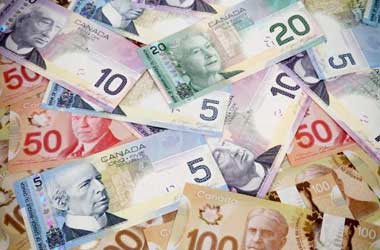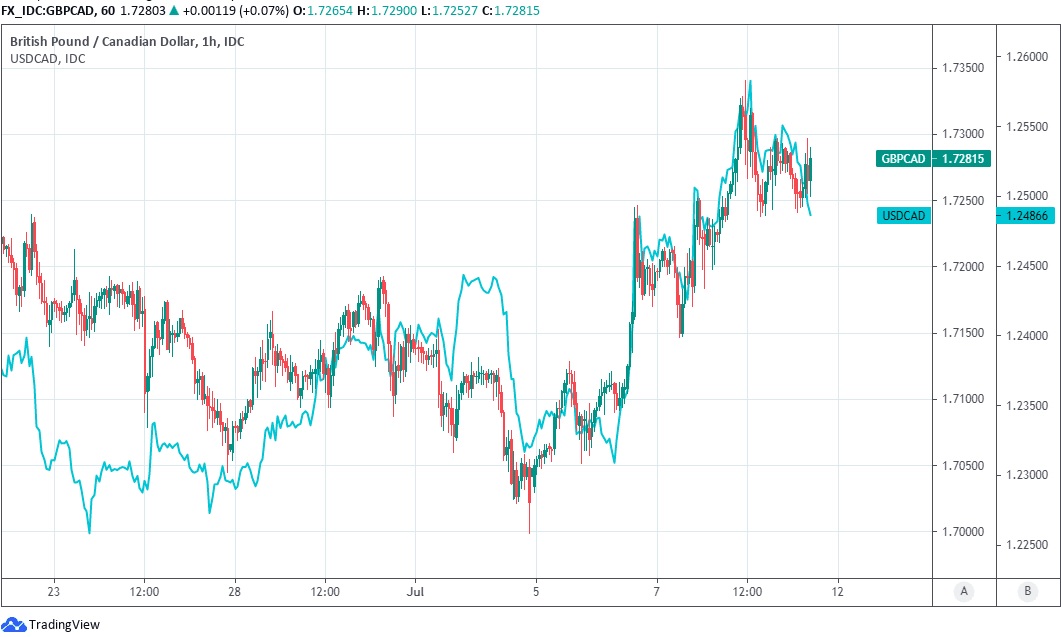

“By the conclusion of the June reference period, some jurisdictions had drastically relaxed public health prohibitions.” According to Statistics Canada, “the majority of indoor and outdoor eating, entertainment and cultural events, shopping centers, and individual care facilities have restarted or kept going in eight provinces.”
On June 2, Ontario’s stay-at-home order was removed, and outside dining and certain non-essential in-person shopping were restarted on June 11.” During the timeframe, jobs growth increased by 1.2 percent to 18.79 million, lowering the jobless rate from 8.2 percent to 7.8 percent, in accordance with predictions, despite the fact that all of the new jobs created or regained from the coronavirus last month were part-time positions.
In June, full-time employment was “little altered,” softening the numbers since part-time jobs contribute less to GDP and so are valued less to the economy as a whole in comparison to full-time jobs. “At its meeting in the forthcoming week, the Bank of Canada is expected to reduce its buying once more. According to Greg Anderson, global head of FX strategy at BMO Capital Markets, “the comeback in USDCAD makes that shift far simpler than it was when USDCAD was teetering with a break below 1.2000.”
It’s unclear if this describes the Canadian Dollar’s minimal, if not non-response, or if it’s better exacerbated by the data that investor and trader expectations for the Bank of Canada (BoC) to raise its cash rate from the prevailing historical low of 0.25% as early as April may have hit its summit.
Friday’s dossier was the final key piece of data before the Bank of Canada’s July monetary policy ruling, which is broadly anticipated to witness Canadian policymakers continue to unwind the quantitative easing plan that has managed to keep government bond yields clamped to the ground since the Covid-19 outbreak, with analysts and economic experts predicting that weekly purchases will be reduced from C$3 billion to C$2 billion.
“We tend to advocate the downside in the USDCAD, with our methodology indicating fair value of around 1.2355, based on interrelated financial prices. Our approach, nevertheless, would purchase a decline to that level based on underpinning momentum. Technical support is most likely to be found between 1.2310 and 1.2350. It’s considerably more difficult to pinpoint a resistance level at this point, although 1.2650 was resistance in April,” according to BMO’s Anderson.
Following Friday’s report, the primary Canadian currency rate USD/CAD fell, indicating a resurgence of the Loonie and continued weakness in the US Dollar, however neither movement was adequate to prevent the Pound-to-Canadian Dollar rate from surging.


On Friday, the GBP/CAD rate, which nearly mirrors the dynamic behaviour of the USD/CAD and the primary Sterling exchange rate GBP/USD, hit its peak since late April, trading at 1.73.
This came after it firmly broke through the 1.72 level earlier last week, a point that had been blocking its way upward for months, in what looked to be a reaction to falling oil prices at the time but has rapidly morphed into an obvious range breakout to the north. “This week, we had a few inquiries about how much crude is to blame for CAD weakening.
WTI fell by 8% from peak to trough (even though only -2% on the week). In 48 hours, the USD/CAD rose from 1.23 to just short of 1.26,” notes RBC Capital Markets’ Elsa Lignos, wolrdwide chief of FX strategy.
“Crude ‘adds’ on average 0.1% to daily USD/CAD gains on any particular trading day. The changes this week are in accordance with the norm (slightly higher on Tuesday/Wednesday as oil sold down, slightly below the remainder of the week), and crude solely has a little part in defining CAD,” according to Lignos.
The Canadian Dollar demonstrated strength against the US Dollar and the British Pound on Friday,…
The U.S. Dollar has gained strength amid a downturn in global equity markets, a situation…
The Euro to Dollar exchange rate recently reached a new five-week high of 1.09, recovering…
Following the Labour Party's substantial election win, the Pound Sterling has shown resilience, with experts…
As the weekend approached, the British Pound gained strength, bolstered by the news that the…
Pound Sterling is forecasted to weaken against the US Dollar to levels not seen since…